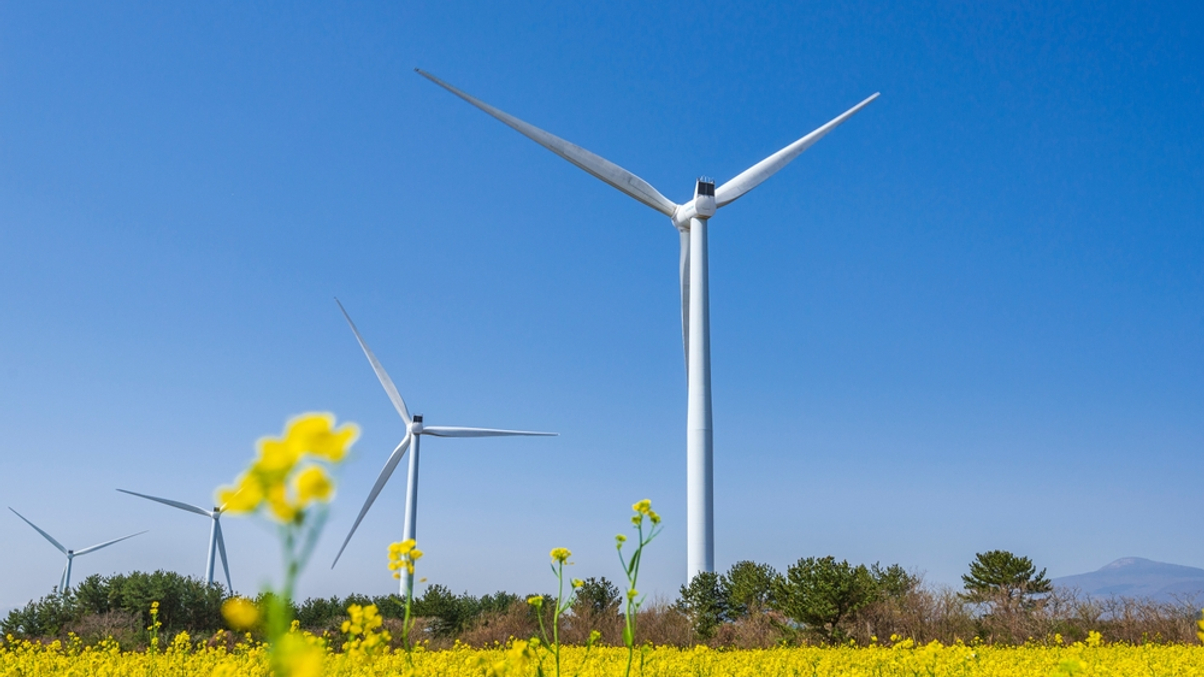Norway’s climate fund targets Asia investments
Climate Investment Fund, the state-backed development fund focussed on climate related investment, will invest up to $653 million in Asia over the next three years.

Norway’s Climate Investment Fund, will invest up to $653 billion by 2027 in emerging market climate projects – the majority of it in Asia.
Sign in to read on!
Registered users get 2 free articles in 30 days.
Subscribers have full unlimited access to AsianInvestor
Not signed up? New users get 2 free articles per month, plus a 7-day unlimited free trial.
¬ Haymarket Media Limited. All rights reserved.


